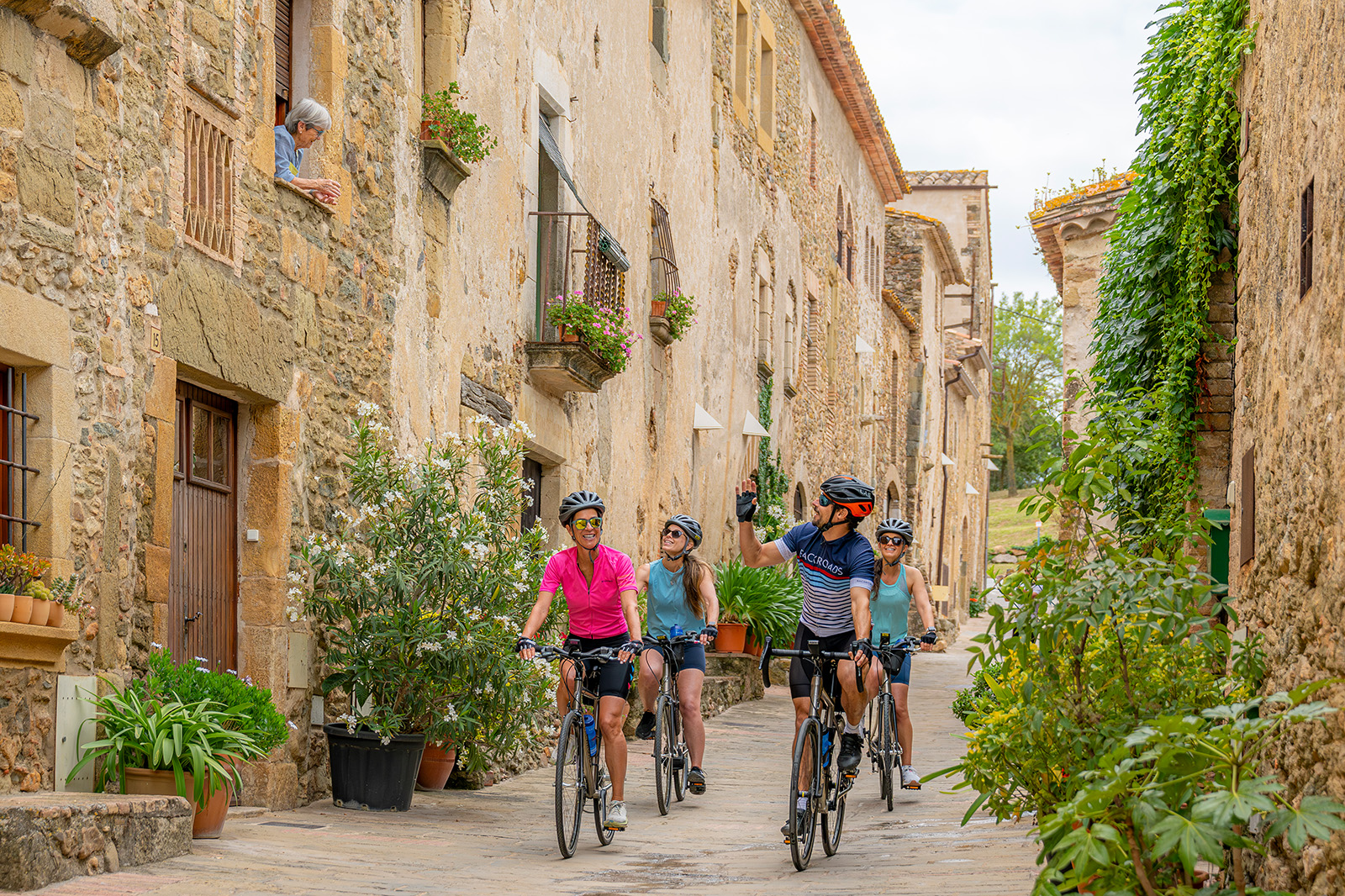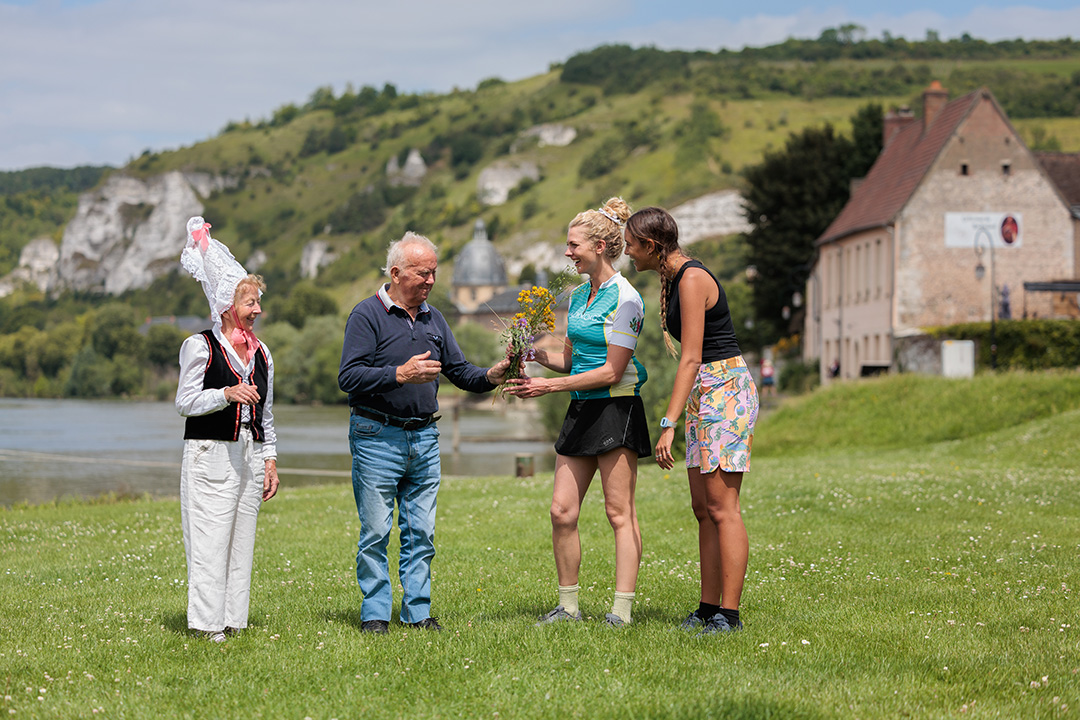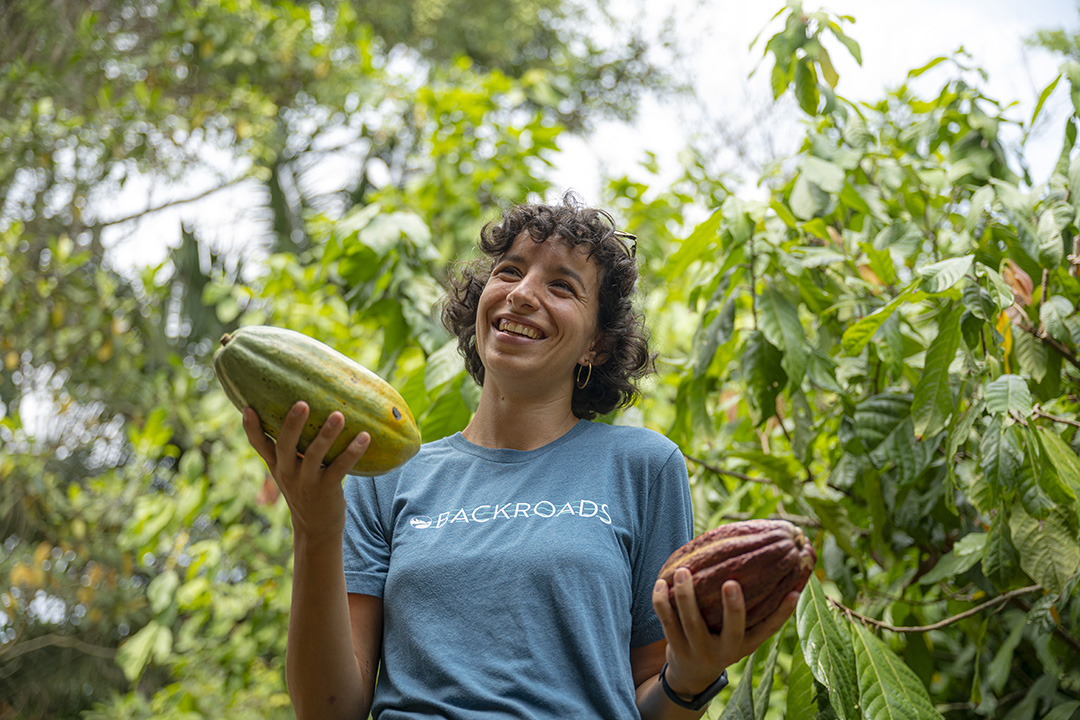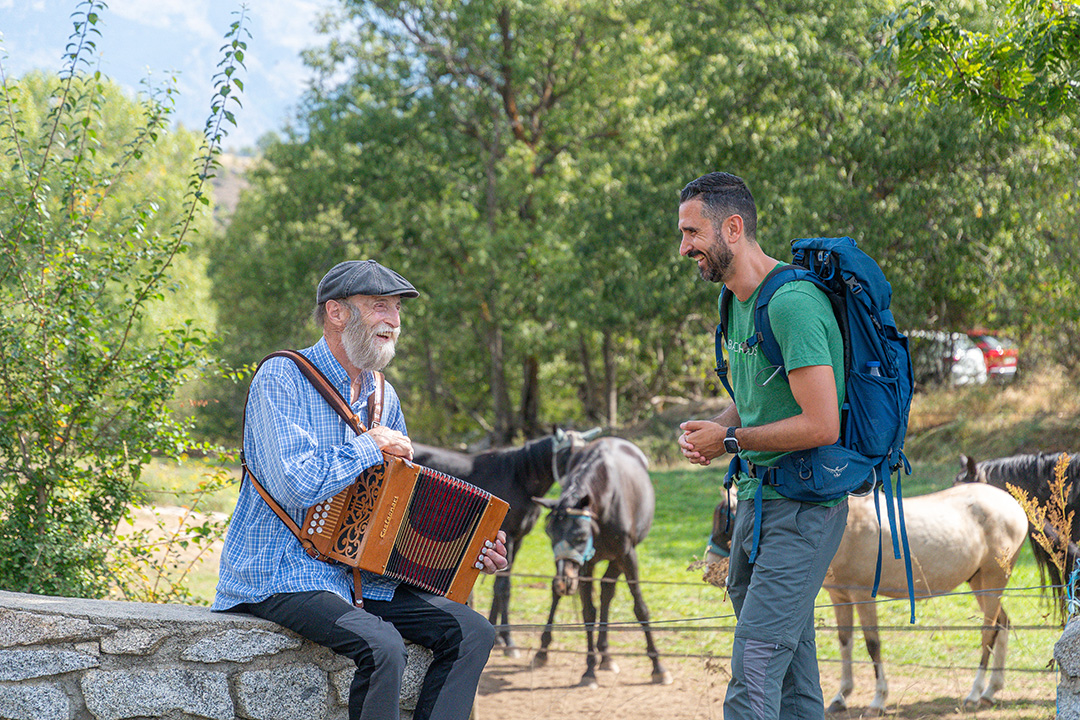In a world where travel is more accessible than ever, many travelers now seek deeper, more meaningful experiences that go beyond simply visiting a destination—they want to truly connect with it. Backroads shares this philosophy, believing that travel isn’t just about seeing new sights; it’s about immersing yourself in the culture, tasting the local flavors and understanding a place through the eyes of the people who live there.
This approach not only enriches the travel experience but also helps support and uplift the local communities involved. This is where community-led travel comes in, a concept that prioritizes genuine engagement with local cultures in a way that benefits both travelers and hosts alike.
What Is Community-Led Travel?
Community-led travel is an approach where travelers immerse themselves in the local culture by engaging with the community in a meaningful way. Unlike traditional travel, which often focuses on sightseeing and staying in tourist-centric areas, community-driven travel encourages travelers to participate in local customs, support small businesses and learn directly from the people who call the destination home. This approach not only enriches the travel experience but also contributes to the well-being and sustainability of the local community.
The Key Elements of Community-Led Travel
1. Supporting Locally Owned Businesses
By prioritizing partnerships with local enterprises, community-led tourism channels financial resources into the hands of those who understand the area best. This approach not only fosters economic sustainability but also enhances the visitor experience by offering authentic, locally sourced products and services.
2. Enhancing Local Participation
Involving community members in decision-making processes helps strengthen local identity and foster a sense of ownership over tourism initiatives. By engaging locals in shaping the narrative of their own culture, tourism can become a vehicle for self-expression and pride, leading to a more meaningful connection between visitors and the community.
3. Safeguarding Traditions and Customs
Community-led tourism plays a crucial role in preserving the unique traditions, customs and heritage of a destination. This commitment to cultural preservation not only enriches the tourist experience but also serves to educate visitors about the significance of local practices, ensuring that they are appreciated rather than commodified.
4. Boosting Local Revenue and Job Creation
By focusing on community involvement, this model stimulates local economies through increased revenue generation and job creation. When communities benefit directly from tourism, it leads to enhanced infrastructure, improved public services and a higher overall quality of life which, in turn, attracts more visitors.
How Do These Principles Reflect in Backroads Trips?
As a trip leader, I would like to share two examples from the field that are particularly dear to me.
Che'il Mayan Chocolate Factory
Empowering Local Farmers and Entrepreneurs While Discovering Maya Chocolate Tradition
Che'il Mayan Chocolate Factory is more than just a stop on our Belize and Guatemala Multi-Adventure Tour; it represents a model of how sustainable, community-driven tourism can create lasting positive impacts. Located in Belize’s Stann Creek District, Che'il immerses visitors in the world of traditional Maya chocolate-making. Welcomed by Julio, the manager of the factory, you’ll have the opportunity to learn how cacao was cultivated, processed and consumed by the ancient Maya. The factory’s tours allow guests to participate in the traditional chocolate-making process, from the fermentation and drying of cacao beans to grinding and molding chocolate by hand.
Crucially, Che'il’s operations are intertwined with the local community: Julio works closely with local organic farmers, ensuring that the economic benefits of tourism flow directly to those cultivating the land. Through partnerships with local growers and a commitment to sustainable agriculture, he supports both the preservation of Belize's natural resources and the economic well-being of its people, illustrating how tourism can be a force for both cultural preservation and environmental stewardship.
Italy: Museo della Grande Guerra Tre Sassi
A small museum nestled atop the Dolomites, Loris’s Museo della Grande Guerra Tre Sassi is a remarkable example of community-led tourism that bridges outdoor adventures with a deeper historical understanding.
Loris was ten years old when he began collecting World War I memorabilia during childhood excursions with his father: medals, bullet casings, food cans—every piece of testimony of the dark years of war and the lives of the soldiers. “My family used to make fun of me,” he explains during his tours: “You’re collecting trash; where are you gonna put all this stuff?” But Loris pursued his passion. After 20 years, during which Loris fought to bring interest to historical tourism in a region focused mainly on outdoor activities, he established a space where history can be appreciated and learned.
Now the little museum, built in an old Austrian fort, hosts more than 10,000 guests per year, and Loris and his wife personally accompany every guided tour during our Dolomites Multi-Adventure Tour, sharing the testimonies of the soldiers who fought in those mountains with heartfelt anecdotes and insights, making history relevant and accessible to all.
Why It Matters
These are just two of the many examples of how local entrepreneurs play a vital role in the success of Backroads’ trips, enriching each experience with their personal stories and work.
This is the essence of community-driven travels—a journey that goes beyond the surface, offering not just an adventure, but an opportunity to connect, learn, and contribute.




















